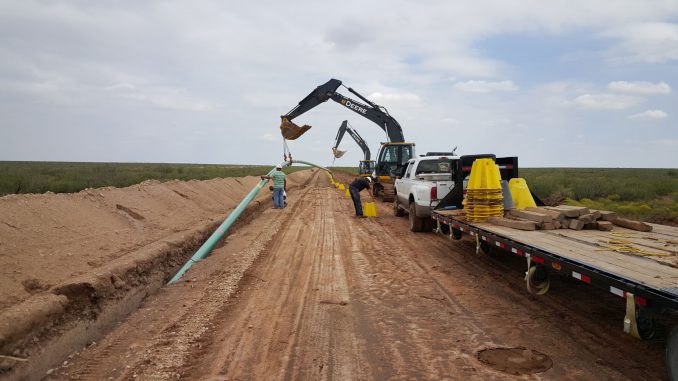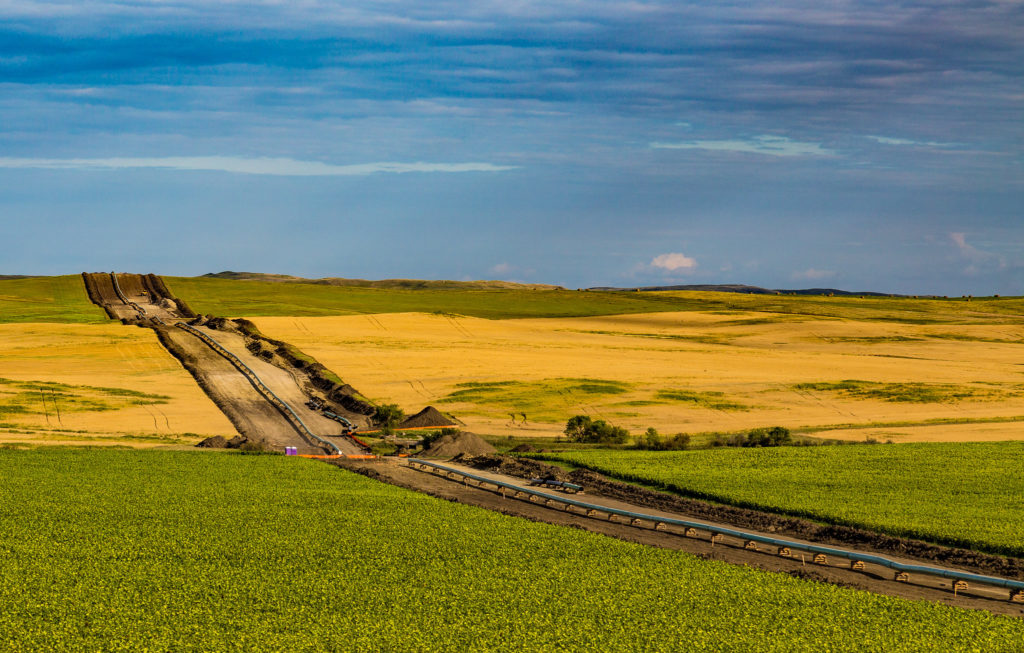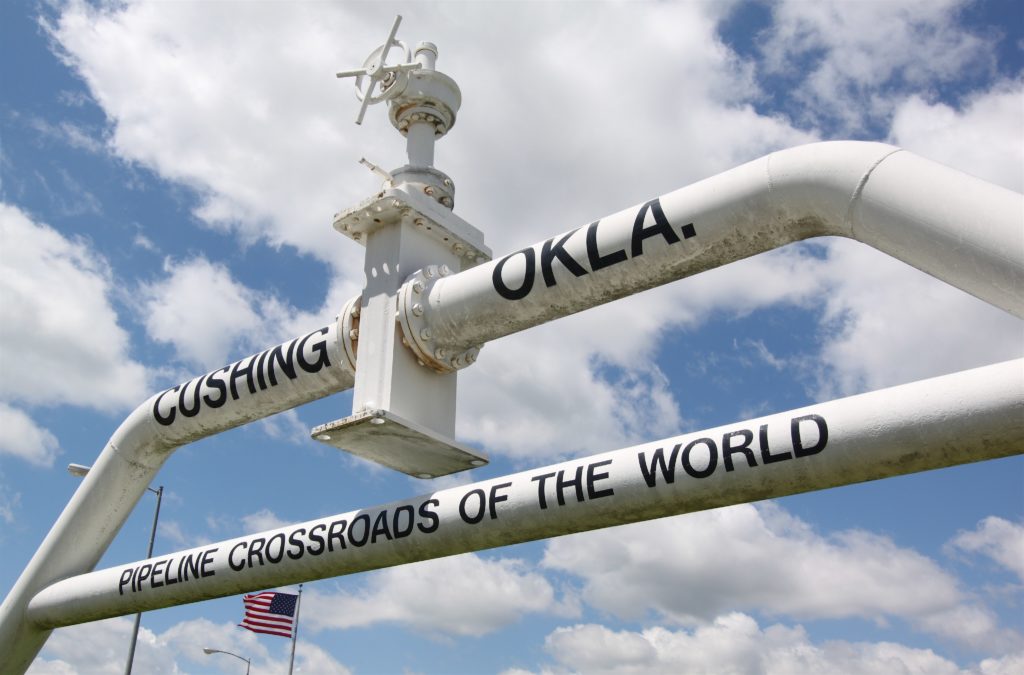
The oil and gas industry has come a long way in reducing emissions over the past two decades. From the construction of pipelines to the implementation of emission reduction strategies, the industry has made significant strides in reducing its environmental footprint.
In this article, we will discuss the various ways in which the oil and gas industry has reduced emissions over the past 20 years with pipelines. We will explain how pipelines can be used to reduce emissions, and provide examples from the industry to illustrate these points.
The Benefits of Pipelines in Reducing Emissions
Pipelines are one of the most effective tools for reducing emissions in the oil and gas industry. The primary benefit of using pipelines is that they can transport large quantities of oil and gas over long distances with minimal energy consumption. This reduces the need for burning fossil fuels, which produces emissions.
Additionally, pipelines also reduce emissions associated with oil and gas transportation.
The use of pipelines eliminates the need for trucks and ships to transport oil and gas, which would otherwise release emissions into the atmosphere.
Pipelines also provide a much safer means of transporting oil and gas than other methods, such as truck and rail.
This is due to the fact that pipelines can be monitored and controlled remotely, reducing the risk of accidents. Moreover, pipelines are also able to store larger quantities of oil and gas, which reduces the amount of energy needed to transport them.
Examples of How Pipelines Have Reduced Emissions in the Oil and Gas Industry
The oil and gas industry has implemented several strategies to reduce emissions through pipelines over the past two decades. One of the most prominent examples is the Keystone XL Pipeline.
This is a 1,179-mile (1,897 km) pipeline that runs from Alberta, Canada to Steele City, Nebraska.
The pipeline was designed to transport crude oil from Canada to the United States. By using pipelines, the Keystone XL Pipeline reduced emissions associated with transporting crude oil by an estimated 27 million tons of carbon dioxide equivalent (CO2e) annually.
Another example of how pipelines have reduced emissions in the oil and gas industry is the Trans Mountain Pipeline Expansion. This project is a 715-mile (1,150 km) pipeline that runs from Alberta, Canada to Burnaby, British Columbia.
The pipeline was designed to increase the transportation capacity of crude oil and refined petroleum products from Canada to the United States.
By using pipelines, the Trans Mountain Pipeline Expansion is estimated to reduce emissions associated with transporting crude oil and refined petroleum products by an estimated 18 million tons of CO2e annually.
Conclusion
The use of pipelines to reduce emissions in the oil and gas industry has been an effective strategy over the past two decades. The construction of pipelines has enabled the industry to transport large quantities of oil and gas over long distances with minimal energy consumption. This has reduced the need for burning fossil fuels, which produces emissions. Additionally, the use of pipelines has eliminated the need for trucks and ships to transport oil and gas, which would otherwise release emissions into the atmosphere.
Furthermore, pipelines have also provided a much safer means of transporting oil and gas than other methods, such as truck and rail. Examples of how pipelines have reduced emissions in the oil and gas industry include the Keystone XL Pipeline and the Trans Mountain Pipeline Expansion. These projects have reduced emissions associated with transporting crude oil and refined petroleum products by an estimated 45 million tons of CO2e annually.
Overall, the oil and gas industry has made significant progress in reducing emissions through the use of pipelines over the past two decades.
The industry is continuing to explore new ways to reduce emissions and improve the efficiency of pipelines. This will help ensure that the industry is able to continue to meet its environmental goals while providing the world with the energy it needs.
Submit your Article Ideas to The Crude Life! Email studio@thecrudelife.com
About The Crude Life
Award winning interviewer and broadcast journalist Jason Spiess and Content Correspondents engage with the industry’s best thinkers, writers, politicians, business leaders, scientists, entertainers, community leaders, cafe owners and other newsmakers in one-on-one interviews and round table discussions.
The Crude Life has been broadcasting on radio stations since 2012 and posts all updates and interviews on The Crude Life Social Media Network.
Everyday your story is being told by someone. Who is telling your story? Who are you telling your story to?
#thecrudelife promotes a culture of inclusion and respect through interviews, content creation, live events and partnerships that educate, enrich, and empower people to create a positive social environment for all, regardless of age, race, religion, sexual orientation, or physical or intellectual ability.
Sponsors, Music and Other Show Notes

Studio Sponsor: The Industrial Forest
The Industrial Forest is a network of environmentally minded and socially conscious businesses that are using industrial innovations to build a network of sustainable forests across the United States.
Weekly Sponsor: Stephen Heins, The Practical Environmentalist
Historically, Heins has been a writer on subjects ranging from broadband and the US electricity grid, to environmental, energy and regulatory topics.
Heins is also a vocal advocate of the Internet of Everything, free trade, and global issues affecting the third of our planet that still lives in abject poverty.
Heins is troubled by the Carbon Tax, Cap & Trade, Carbon Offsets and Carbon Credits, because he questions their efficacy in solving the climate problem, are too gamable by rent seekers, and are fraught with unreliable accounting.
Heins worries that climate and other environmental reporting in the US and Europe has become too politicized, ignores the essential role carbon-based energy continues to play in the lives of billions, demonizes the promise and practicality of Nuclear Energy and cheerleads for renewable energy sources that cannot solve the real world problems of scarcity and poverty.
Look at what’s happened to me.
I can’t believe it myself.
Suddenly I’m down at the bottom of the world.
It should have been somebody else
Believe it or not, I’m walking on air.
I never thought I could feel so free-e-e.
Barterin’ away with some wings at the fair
Who could it be?
Believe it or not it’s just me
The Last American Entrepreneur
Click here of The Last American Entrepreneur’s website

Studio Email and Inbox Sponsor: The Carbon Patch Kids
The Carbon Patch Kids are a Content Story Series targeted for Children of All Ages! In the world of the Carbon Patch Kids , all life matters and has a purpose. Even the bugs, slugs, weeds and voles.
The Carbon Patch Kids love adventures and playing together. This interaction often finds them encountering emotional experiences that can leave them confused, scared or even too excited to think clearly!
Often times, with the help of their companions, the Carbon Patch Kids can reach a solution to their struggle. Sometimes the Carbon Patch Kids have to reach down deep inside and believe in their own special gift in order to grow.
The caretakers of Carbon Patch Kids do their best to plant seeds in each of the Carbon Patch Kids so they can approach life’s problems with a non-aggressive, peaceful and neighborly solution.
Carbon Patch Kids live, work and play in The Industrial Forest.
Click here for The CarbonPatchKids’ website

Featured Music: Alma Cook
Click here for Alma Cook’s music website
Click here for Alma Cook’s day job – Cook Compliance Solutions
For guest, band or show topic requests, email studio@thecrudelife.com
Spread the word. Support the industry. Share the energy.







